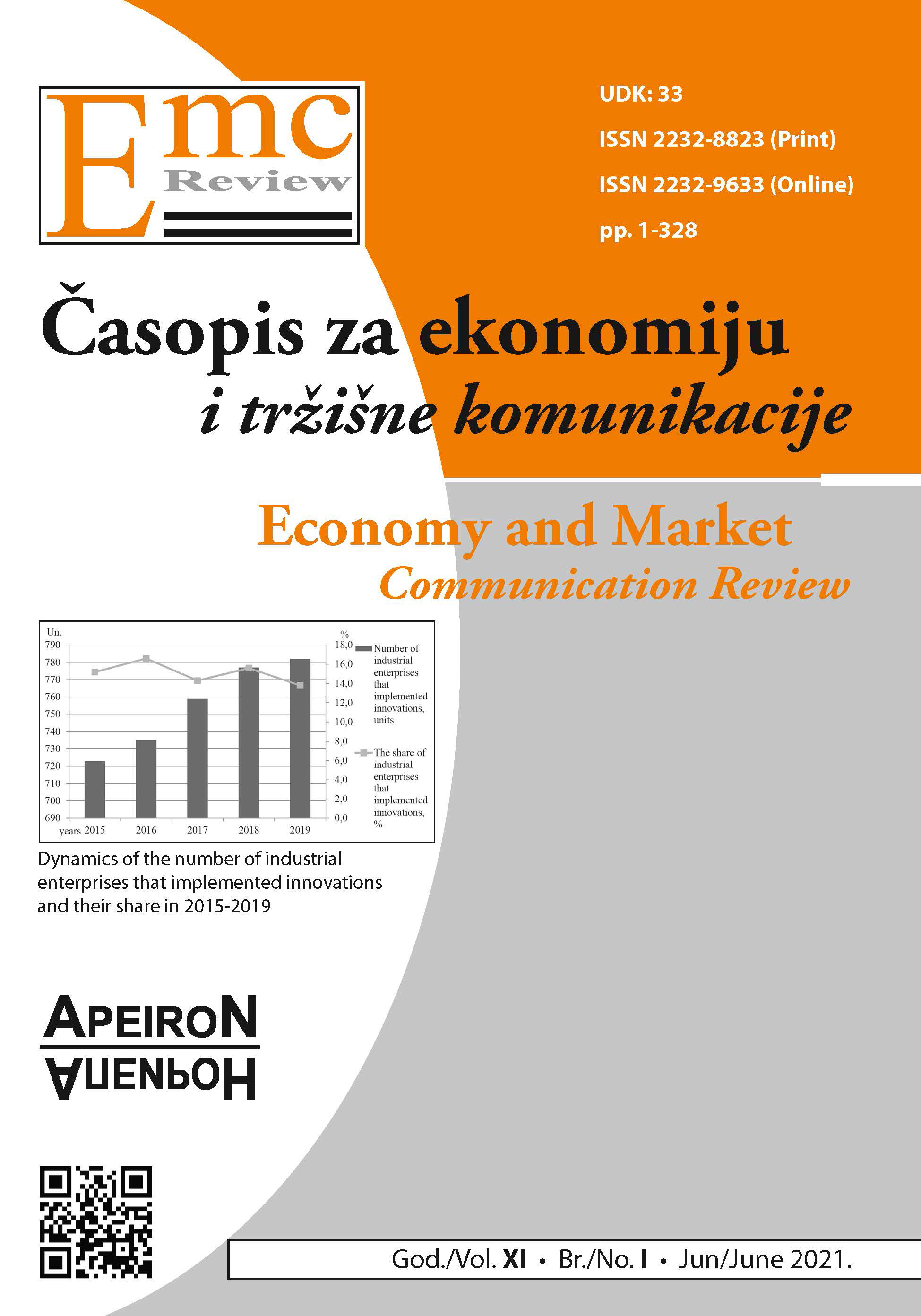LIQUIDITY AND SOLVENCY ANALYSIS OF THE REAL SECTOR OF THE ECONOMY OF SERBIA FOR 2018-2019
DOI:
https://doi.org/10.7251/EMC2101294ZAbstract
Issues of liquidity and solvency of companies, and not only issues of profitability, are crucial in the context of considering the future business of companies, and thus the economic sectors and the economy as a whole. For several years now, the required short-term funds are still not enough to service current liabilities. Liquidity rates are at half of a satisfactory level, while the growth of long-term loans, together with equity, is still not sufficient to finance fixed assets (solvency). Liquidity and solvency issues affect both the efficiency and productivity of the company, and indirectly the profitability. Based on the available information, the paper discusses the results of the real sector of the Serbian economy for the period 2018-2019, in the context of liquidity and solvency, as well as selected individual sectors, using generally accepted indicators. In the new crisis caused by the COVID 19 virus, companies have found themselves in a position where many of them need additional capital in order to improve and harmonize their financial structure. The illiquidity of the economy is a chronic problem, it is structural in its nature, which is the result of business inefficiency and a high degree of volatility on the impact of exogenous variables. In terms of solvency, we can conclude that one of the basic problems of all sectors is efficiency in inventory management, slow collection of receivables and late payment of liabilities. If we add the IMF forecasts, to this already disrupted structure of the solvency of the economy, ie the real sector, in which, the share of insolvent companies in developing countries will increase by between 14% and 30% in 2020, (due to the pandemic), we can be not optimistic. On the other hand, we must emphasize that the forecasts of economic growth for the countries of the region in 2021 are fairly optimistic, and for Serbia the predicted growth is 6.1%. The result of the analysis points to the conclusion that there will be no significant changes in terms of revenue and profitability of the real sector in the short term, but that the crisis caused by coronavirus will mostly affect small, micro and medium enterprises when it comes to liquidity and solvency, in this respect. In the long run, impaired solvency, and after that liquidity, will affect the still intact profitability of the sector. In that regard, solvency issues have a more significant impact, because in the long run, if corrective measures are not being taken, they will cause the inability of the companies to pay long-term overdue liabilities, and increase the number of companies operating without equity and the number of blocked companies. The sectors that will have the biggest problems in terms of liquidity and solvency are certainly transport, accommodation and tourism, art, entertainment and recreation, and very likely construction.
